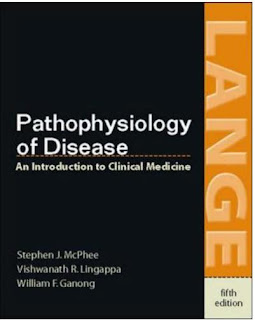Parasitology was born as the tropical stepchild of medicine but has become a well recognized
scientific and medical discipline in its own right in our increasingly globally conscious world.
It began as a descriptive medical curiosity but the remarkable adaptive mechanisms evinced
by these astoundingly versatile organisms have stimulated significant research. Many advances
in basic science have come from the study of this increasingly fascinating, phylogenetically
diverse group of organisms. Parasitology, in the past decade, has undergone another consequential
metamorphosis. The entry of molecular biology with its elucidation of the genetics,
genomics, and proteomics of these organisms has provided increasingly sophisticated explanations
of their capacities to persist under intense ecological and physiological pressures.
Molecular Medical Parasitology had its inception in an earlier volume entitled Biochemistry
and Molecular Biology of Parasites. This earlier work has been subsumed in the present text.
Molecular Medical Parasitology presents parasitology in the context of current molecular biology,
biochemistry and cell biology. Throughout the text, emphasis has been placed on the commonality
of biochemical and cellular biological processes among these varied organisms. In
some discussions, traditional taxonomy, which grouped certain organisms according to similarities
in morphology or disease processes, has not been adhered to rigorously. This has been
done judiciously in order to emphasize the universality of biochemical and molecular
biological mechanisms. Wherever appropriate, information from one chapter has been crossreferenced
to another in order to strengthen the important molecular relationships among groups.
The first section, entitled Molecular Biology, opens with a chapter on genomics that is the
stage on which the next five chapters play. These chapters include RNA editing and processing,
transcription, and post-transcriptional events and describe the interplay of molecular
biology and physiology that is manifest in such specific topics as antigenic variation of African
trypanosomes and the genetics of virulence. The second section encompasses the biochemistry and cell biology of the protozoa and then the helminths. Energy metabolism, probably the most thoroughly studied aspect of the biochemistry of these organisms, is presented first in each part. In the sub-section on
protozoa, chapters on amino acid and nucleic acid metabolism are followed by specific topics
of special interest including surface antigens, intracellular signaling, and intracellular
organelles, each with a special emphasis on the commonalities and notable differences
in the genomics of the organisms involved. In the sub-section on helminths, the chapter on
energy metabolism is followed by an important chapter on neurotransmitters and their
receptors. These are critical to the parasite in maintaining its niche in the host and, from a
medical perspective, are major therapeutic targets. This section concludes with a chapter
on the structure and function of helminth surfaces with emphasis the anatomy and physiology
of these critical interfaces that protect the parasites from most host defenses.
Throughout the volume, the authors and editors have emphasized the actual or potential
medical importance of major biochemical or molecular biological advances. These considerations
are expanded in the third section. The first chapter is on drug resistance, which,
in fact, is a medical manifestation of molecular biology and biochemistry bringing about alterations in the cell biology as a result of environmental pressures. It has become a significant medical problem in recent years.
The chapter on therapy discusses the implications of the basic science presented in the earlier
sections as well as specifics of treatment. This is the first parasitology text that integrates
current molecular biology, biochemistry, and cell biology with the control of these
heterogeneous organisms. The authors are among the best in their respective fields and
the knowledgeable scientist will recognize their contributions. They have written clearly,
comprehensively, and well. Presentations by these seasoned investigators should be of
interest to the experienced scientist, the graduate student, and the physician.
We must list first among the acknowledgements, our authors. Much credit, however, must go to Ms. Claire Minto, an extraordinary editor, who has been an exceptional resource in the preparation of this book.
J. Joseph Marr, M.D.
Richard W. Komuniecki, Ph.D.
Timothy W. Nilsen, Ph.D.
xii PREFACE
 ']]}
']]}
 ']]}
']]}




















